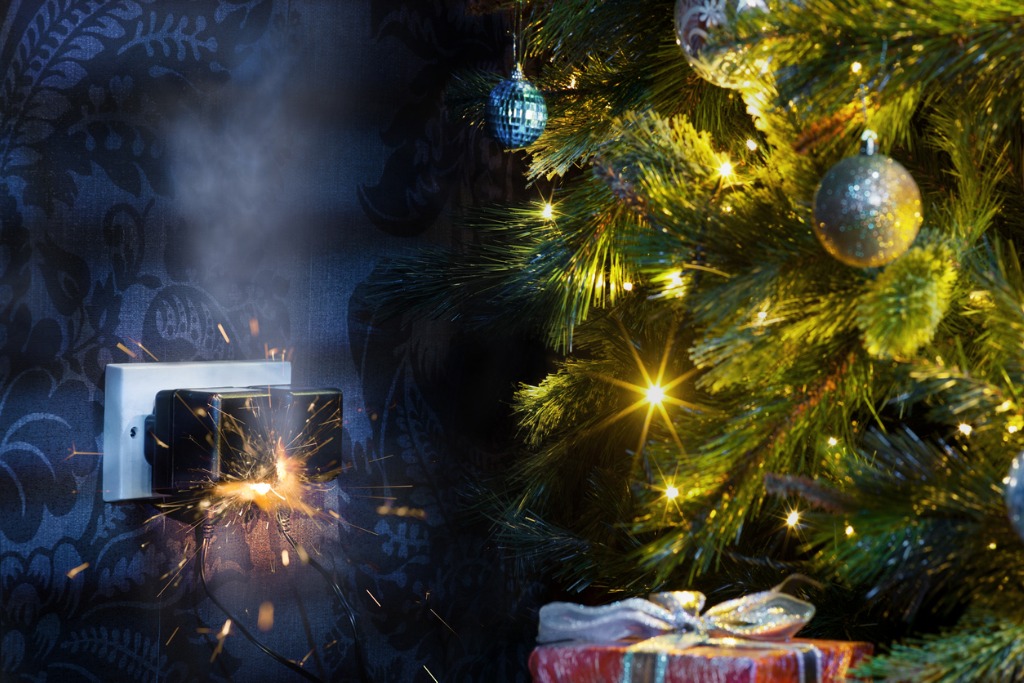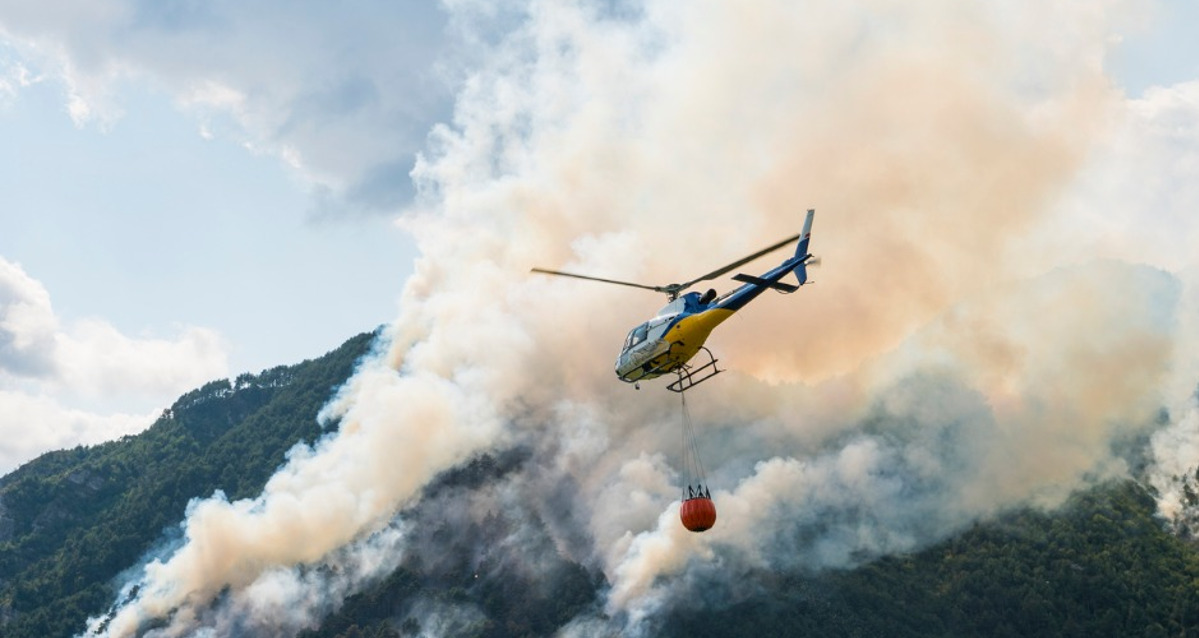It’s that time of year again, and we should all take some time to make some changes to ensure that our homes, pets, and selves are safe during the high fire danger season. People with disability and older Australians need to take particular care to prepare and plan for the worst-case scenario, as there can be added levels of difficulty for these groups to evacuate safely.
Bush Fire Season
How Fireproof is Your Plan?
The NSW Rural Fire Service has a useful guide for making a bushfire survival plan. By taking just 20 minutes to go through the guide and discuss and plan with your family, you are improving your chances of survival in the event of an emergency situation. Should you stay? Should you go? These are things you need to decide before disaster strikes.
It’s a simple fact. If you and your home are well prepared, you can survive a bushfire better. To find out if your plan is up to the task, go to www.myfireplan.com.au and answer a few questions online, download a copy of the guide below or contact the NSW Rural Fire Service (see below) for a hard copy.
Download: Bush Fire Survival Plan
Contact details
Bush Fire Information Line: 1800 679 737 (NSW RFS)NSW Rural Fire Service: www.rfs.nsw.gov.au Your Bushfire Survival Plan: www.myfireplan.com.auHow do you know if there are bushfires near you?
If there are fires in your area, you should use the NSW Rural Fire Service Fires Near Me service and tune in to your local ABC radio or news channel. As the official emergency broadcaster, the ABC is your most reliable media source in emergency situations. ABC Emergency is an online hub where all emergency warnings issued by the national broadcaster are collected. Know what the different warning levels mean and what you will do based on those warnings beforehand. It’s important to plan ahead!
ABC Emergency
Radio: Tune to your local ABC Radio or stream online via the ABC Listen app Frequency finder: www.reception.abc.net.au Web: www.abc.net.au/emergencyFires Near Me
There are some excellent smartphone apps available that can keep you advised and informed about bushfires in your region. These apps are available on both the Apple and Android app stores:
Hazards Near Me NSWFires Near Me AustraliaEmergencyplusThe Fires Near Me app plots all currently active fires on a map with graded warnings depending on the severity of the fire and the situation at hand. The app can advise app users of bushfires nearby and the level of threat from fire. There are three levels: Advice (blue), Watch and Act (yellow) and Emergency Warning (red). Data is pushed to these apps directly from the NSW Rural Fire Service, and you can also set up specific watch zones, allowing you to receive instant notifications if a fire starts in the specified area. You can also access this information and any major fire updates from the RFS from any web browser.
AIDER Program
The NSW Rural Fire Service AIDER program is run to help you prepare your home by reducing bushfire hazards and changing smoke alarm batteries. Contact NSW RFS or your local fire station (not an emergency number) so Fire and Rescue NSW can assist you.
Older people and people with disabilities who have limited home support from family, friends or other support systems who live in homes that are deemed at risk. Check with NSW RFS for full eligibility criteria. This is a one-off free service to help you reduce bushfire hazards around your property and home. This service can help you by:
- Removing leaves, sticks and fallen branches from your property
- Mowing or slashing long grass
- Cleaning gutters
- Trimming branches from around and overhanging the home
Contact details
Phone: 1800 679 737Email: This email address is being protected from spambots. You need JavaScript enabled to view it.Web: www.rfs.nsw.gov.au/plan-and-prepare/aiderFire safety in the home
Smoke alarms
Always make sure that your smoke alarm is working. Smoke alarms do save lives! Once a month, test your smoke alarm batteries. To do this, press and hold the small Test button, which is usually found on the face of the smoke alarm, for at least five seconds until you hear the beeps.
Regularly dusting off or vacuuming your smoke alarm every 6 months or twice a year is also a good idea. Once a year it would be best to replace lead or alkaline batteries once a year. It would be best to replace all smoke alarms with new 10-year lithium-powered smoke alarms every ten years.
Tips for making a house fire evacuation plan
- Check your smoke alarms
- Find two ways out
- Plan for everyone (including your pets)
- Have a backup plan
- Choose a meeting place
- Involve all family members in planning
Did you know?
Faulty wiring and outlets are one of the top causes of house fires.
Tips to keep your house safe
- Check electrical cords throughout your home for signs of fraying, and replace all frayed wires
- Do not pinch or cover electrical cords with items such as rugs.
- Understand the difference between surge protectors and power strips – both allow you to plug in multiple electric devices but ONLY the surge protector will help protect these devices.
- Never be careless in the kitchen
- Keep a fire extinguisher available
- Clean out your dryer vent regularly
- Clean out the lint filter in your dryer after each load
- Have a fire blanket within easy reach of the oven and/or stovetop.

Silly Season
With Christmas, also known as the silly or festive season, coming around quickly, remember that although Christmas and fairy lights are beautiful and create magic in the air over the festive season, they can also be a hazard if not looked after or checked properly.
Did you know?
A Queensland grandmother has campaigned for the last few years now for outdoor Christmas light displays across the country to all switch to still mode on December 23 so that her grandchild and others with epileptic photosensitivity, where flashing lights can induce epileptic seizures, can be involved and included in this annual community-based activity.
Tips to make sure your festive lighting is safe
- Only use indoor lights inside the house
- Only use outdoor lights outside your home
- Where possible, use LED lighting. Both indoor and solar-powered outdoor LED lighting are far less likely to overheat and cause a fire than traditional incandescent lighting options.
- Take the time to check old Christmas lights, especially for faulty bulbs or frayed or damaged cords, before using them
- Unwind any extension leads to avoid overheating
- Always turn off the lights before going to bed or leaving your house!
Useful Links
Beat the Heat ways to stay well in a heatwave
Packing for an emergency for tips on what to pack for an emergency
Parks in Victoria Changes in Conditions Listing
NSW National Parks Alerts List
Forest Fire Management Victoria
IDEAS does information so you can do life.



